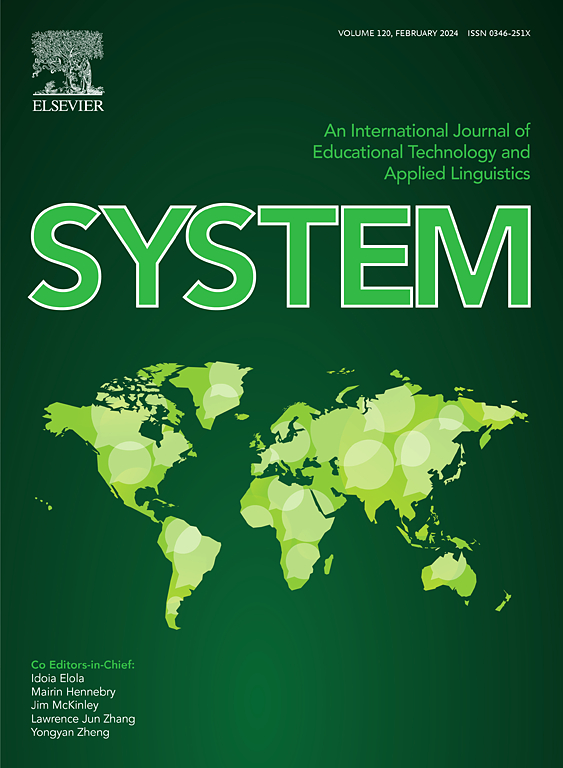Low drying temperature has negligible impact but defatting increases in vitro rumen digestibility of insect meals, with minor changes on fatty acid biohydrogenation
IF 6.5
1区 农林科学
Q1 Agricultural and Biological Sciences
引用次数: 0
Abstract
Insect meals have been identified as innovative and sustainable feedstuffs that could be used in ruminant nutrition. However, current research on the effects that their processing may have on rumen digestibility and fatty acid (FA) biohydrogenation is scant. This trial aims to investigate the effects (i) of drying temperature of full-fat Hermetia illucens (HI) and Tenebrio molitor (TM) meals, and (ii) of residual ether extract (EE) content of defatted HI and TM meals, on their fermentation characteristics and FA of rumen digesta after 24-h in vitro rumen incubation. The tested full-fat meals included four HI and four TM meals obtained applying drying temperatures ranging from 30 °C to 70 °C, while the tested defatted meals consisted of five HI and two TM meals containing a residual EE content ranging from 4.7 to 19.7 g EE/100 g dry matter (DM). The applied statistical models (GLM ANOVA) tested the effects of insect species, drying temperature (full-fat meals) or EE content (defatted meals), and their interaction. Drying temperature had minor effects on in vitro ruminal digestibility and FA profile of rumen digesta. Irrespective of insect species, increasing the drying temperature led to a reduction of in vitro degradation of proteins from insect meals, as outlined by the significant decrease in ammonia production (−0.009 mmol/g DM and −0.126 g/100 g total N for each additional 1 °C). Irrespective of insect species, defatting increased total gas, volatile fatty acids (VFA) and CH4 productions, and the proportions of total saturated and branched-chain FA in rumen digesta (+0.038 mmol/g DM, +0.063 mmol/g DM, +12.9 µmol/g DM, +0.18 g/100 g FA, and +0.19 g/100 g FA for each reduced 1 g EE/100 g DM, respectively), and reduced the proportion of total PUFA (−0.12 g/100 g FA). The applied drying temperatures of full-fat insect meals are too low to exert impactful effects on rumen digestibility and FA biohydrogenation. Fat lowered fermentation activity, probably because of an inhibitory effect on rumen microbiota. The increased ruminal digestibility of defatted insect meals suggests that they can be more suitable to be used in ruminant nutrition than full-fat ones.低干燥温度对昆虫饲料的体外瘤胃消化率影响不大,但脱脂提高了昆虫饲料的体外瘤胃消化率,对脂肪酸生物氢化的影响不大
昆虫饲料已被确定为可用于反刍动物营养的创新和可持续饲料。然而,目前关于它们的加工对瘤胃消化率和脂肪酸(FA)生物氢化的影响的研究很少。本试验旨在研究(i)全脂黄颡鱼(HI)和黄颡鱼(TM)饲料干燥温度和(ii)脱脂黄颡鱼(HI)和黄颡鱼(TM)饲料残醚提取物(EE)含量对体外瘤胃培养24 h后发酵特性和瘤胃食糜FA的影响。测试的全脂餐包括4份HI和4份TM餐,干燥温度在30℃至70℃之间,而测试的脱脂餐包括5份HI和2份TM餐,剩余EE含量在4.7至19.7 g EE/100 g干物质(DM)之间。应用统计模型(GLM方差分析)检验了昆虫种类、干燥温度(全脂饲料)或脂肪含量(脱脂饲料)的影响及其相互作用。干燥温度对体外瘤胃消化率和瘤胃食糜FA谱影响较小。无论哪种昆虫,增加干燥温度都会导致昆虫饲料中蛋白质的体外降解减少,正如氨产量显著下降(每增加1°C,氨产量下降- 0.009 mmol/g DM,总氮产量下降- 0.126 g/100 g)所示。无论哪种昆虫,脱脂均增加了总气体、挥发性脂肪酸(VFA)和CH4的产量,以及瘤胃食糜中总饱和脂肪酸和支链脂肪酸的比例(+0.038 mmol/g DM、+0.063 mmol/g DM、+12.9µmol/g DM、+0.18 g/100 g FA和+0.19 g/100 g FA,每减少1 g EE/100 g DM),降低了总PUFA的比例(- 0.12 g/100 g FA)。全脂昆虫饲料干燥温度过低,对瘤胃消化率和FA生物加氢作用影响不大。脂肪降低了发酵活性,可能是由于对瘤胃微生物群的抑制作用。脱脂昆虫饲料的瘤胃消化率高于全脂昆虫饲料,说明脱脂昆虫饲料比全脂昆虫饲料更适合用于反刍动物营养。
本文章由计算机程序翻译,如有差异,请以英文原文为准。
求助全文
约1分钟内获得全文
求助全文
来源期刊

Journal of Animal Science and Biotechnology
AGRICULTURE, DAIRY & ANIMAL SCIENCE-
CiteScore
9.90
自引率
2.90%
发文量
822
审稿时长
17 weeks
期刊介绍:
Journal of Animal Science and Biotechnology is an open access, peer-reviewed journal that encompasses all aspects of animal science and biotechnology. That includes domestic animal production, animal genetics and breeding, animal reproduction and physiology, animal nutrition and biochemistry, feed processing technology and bioevaluation, animal biotechnology, and meat science.
 求助内容:
求助内容: 应助结果提醒方式:
应助结果提醒方式:


